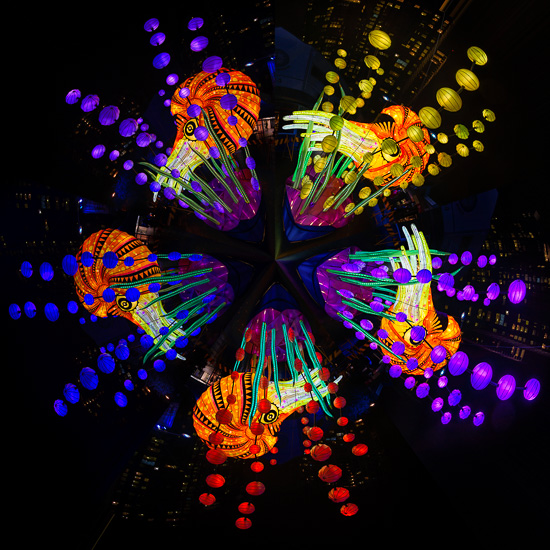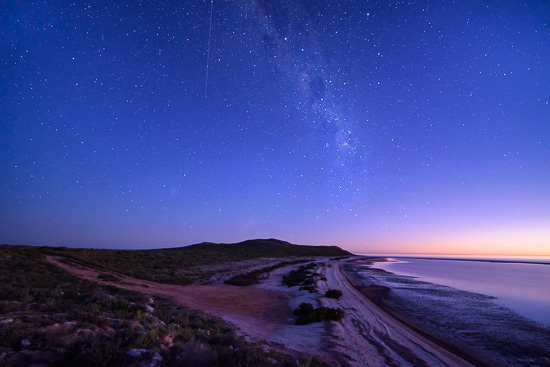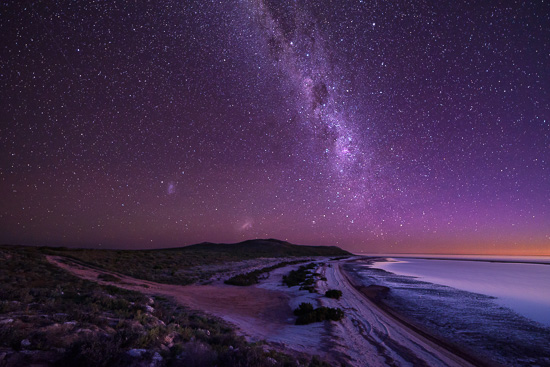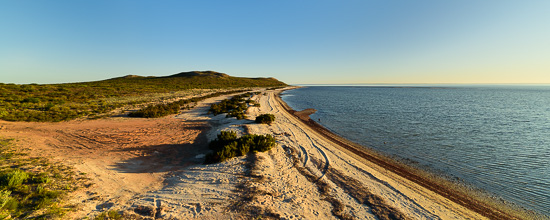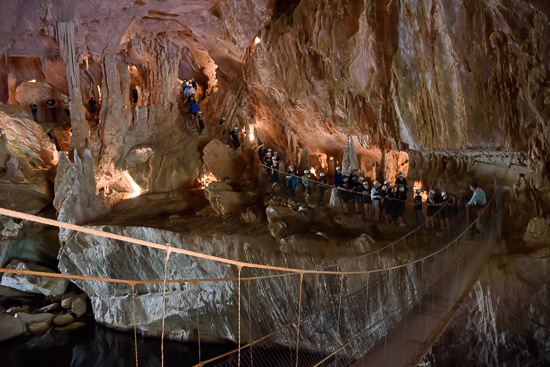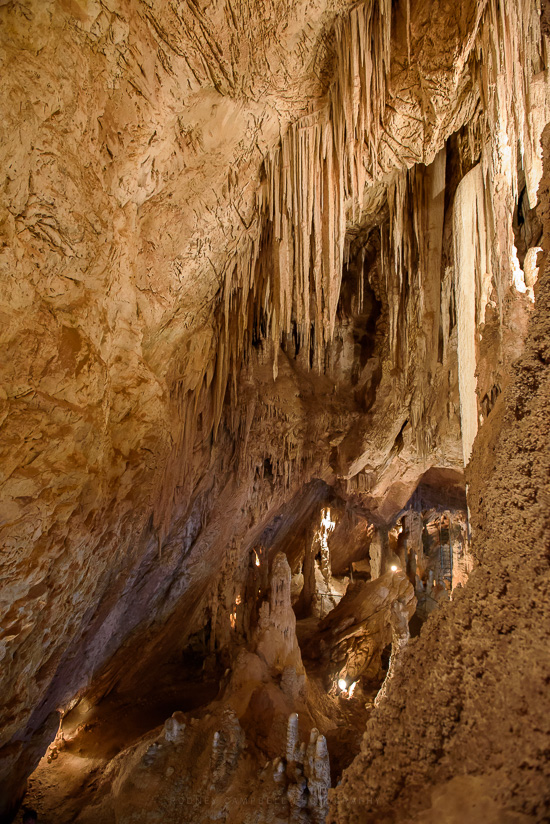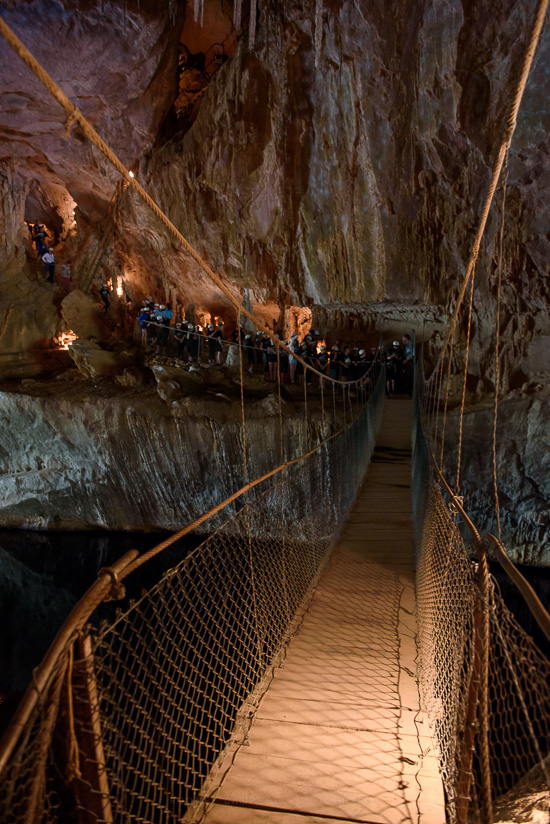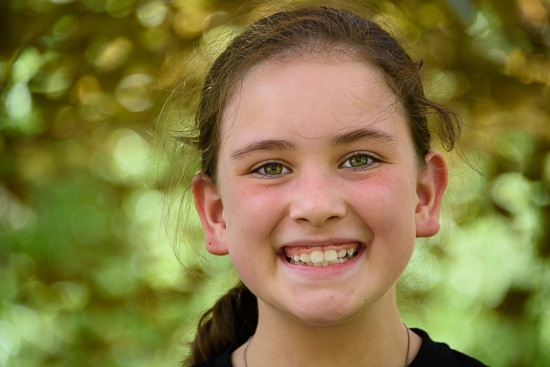Archive for May, 2016
Vivid Planets – Day 1…
by Rodney Campbell on May.07, 2016, under Life, Photography
Vivid Sydney is fast approaching again for this year. As a result I have to say to Gerard Blacklock – you and I are a very VERY bad men 🙂
My tiny planet affliction was up until last years Vivid limited to convoluting stitched panorama images. This was a saving grace because I only ever do a stitched pano every now and then, and not all of them will work well as a panosphere (or tiny planet).
The world was as they say nicely in balance…
Star Fish
Note: These photographs (especially the wider shots) look much better when larger – so click any of the images below to see larger versions in an inline overlay slideshow gallery viewer.
This was up until Gerry decided to post some planets he’d crafted using a number of different (but the same composition) Vivid Sydney images from last year.
This basically works because it creates a very nice symmetric multipoint star (depending on how many images you use to start with). The end result containing all the vivid lights circling the centre of the frame.
The problem is… this only massively feeds the addiction. Like a cancer that was once starved of raw material to subvert, Gerry has opened pandora’s box!
Gerry and I have literally thousands of images of Vivid Sydney (and other similar light shows here in Sydney over the past many years). Worse – we easily have many many instances of multiple images from the same composition with just the lighting projections and effects different between the frames.
This is like giving an unlimited supply of tasty drinks to an alcoholic!!
Sigh….
So… it is with great regret 🙂 that I begin the week of Vivid Sydney Planets to get you all into the mood for the upcoming mayhem :)… This one’s for you Melinda 🙂
Indian Stars…
by Rodney Campbell on May.05, 2016, under Life, Photography
Being near the westernmost publically accessible point of Australia has it’s advantages. With a view looking out over the Indian Ocean and perfect conditions to shoot the Milky Way it was yet another opportunity not to pass up.
Meteoric
Note: These photographs (especially the wider shots) look much better when larger – so click any of the images below to see larger versions in an inline overlay slideshow gallery viewer.
Before dinner I headed back down to the spot I’d planned earlier and setup my tripod and gear. I setup my composition for the stars which would hopefully come out in the clear skies later on and then left the camera and headed back to the vans for dinner.
Sunset was spectacular – so intensely red – it was awesome. We ate dinner whilst watching the sun drop into the ocean.
I could actually remote trigger the camera from back at the campsite but none of the images I took were worth showing (camera was facing down the coast rather than towards the sunset, and there were no clouds anyway).
After dinner I headed back to the camera for some night time shooting. The first shot above was at 7PM. It wasn’t quite dark enough yet – astro twilight still hadn’t ended (it was only 50 minutes after sunset). Still it was beautiful and an hint of what was to come.
Less than 15 minutes later it was getting good with the milky way leaping up out of the sea into the sky and two nice little galaxies near the horizon above the land. It was dark enough now to shoot at ISO 8000 and get a nice set of stars against the late twilight sky.
Indian Sunset
Denham and Beyond…
by Rodney Campbell on May.04, 2016, under Life, Photography
Leaving the protected waters of Shell Beach and Shark Bay we headed north on the peninsula to the small town of Denham.
This is the administrative town for the Shire of Shark Bay and is located on the western coast of the Peron Peninsula 831 kilometres north of Perth.
Denham is the westernmost publicly accessible town in Australia, and is named in honour of Captain Henry Mangles Denham of the Royal Navy, who charted Shark Bay in 1858.
Note: These photographs (especially the wider shots) look much better when larger – so click any of the images below to see larger versions in an inline overlay slideshow gallery viewer.
We had planned to stay in Denham overnight however all of the caravan parks were full for the night. Undeterred we decided to head back down the peninsula and see where we might get to.
We ended up stopping at a lovely little place just off the main road in the François Péron National Park.
It … ahem … wasn’t strictly allowed to overnight camp here but it was getting quite late in the afternoon (around 5PM) and well we had to stop somewhere.
It was off the main road and provided a fantastic spot overlooking the Indian Ocean. We were staying on the headland just above this beautiful shell beach that went for miles in both directions. I recce’d the spot for some later nighttime photography and then my daughter and I explored the beach.
The shot above is looking south along the beach from a spot just 50m from the caravans.
Abercrombie Caves…
by Rodney Campbell on May.02, 2016, under Life, Photography
Our last day on music tour and we were heading to Abercrombie caves before heading back to Sydney. Besides being a fun activity for everyone to visit these fabulous limestone caves the children were also fortunate to be able to perform a concert inside the caves with it’s amazing sound.
The Abercrombie Caves, contained within the Abercrombie Karst Conservation Reserve, are a series of limestone arch caves. The caves are renown for their karst qualities, namely the formation that has been eroded by water action that has developed from a sinkhole to become a blind valley.
Note: These images (especially the wider shots) look much better when larger – so click any of the images below to see larger versions in an inline overlay slideshow gallery viewer.
The reserve is situated 75 kilometres south of Bathurst, near the small village of Trunkey Creek. The caves are registered as a natural heritage site for its large diversity of karst morphological and sedimentological features.
The most popular feature of the Abercrombie Caves is the Hall of Terpsichore also known as The Archway – the largest natural arch in the southern hemisphere. Within The Archway cave is the gold miners dance platform built in January 1880 by gold miners, replacing a platform built in the 1860s, the 1880s platform is still used for performances to this day including the annual Carols in the Caves performance.
It was here the band and strings were allowed to perform and after their concert we were taken on a guided tour down into the caves before being allowed to explore.
